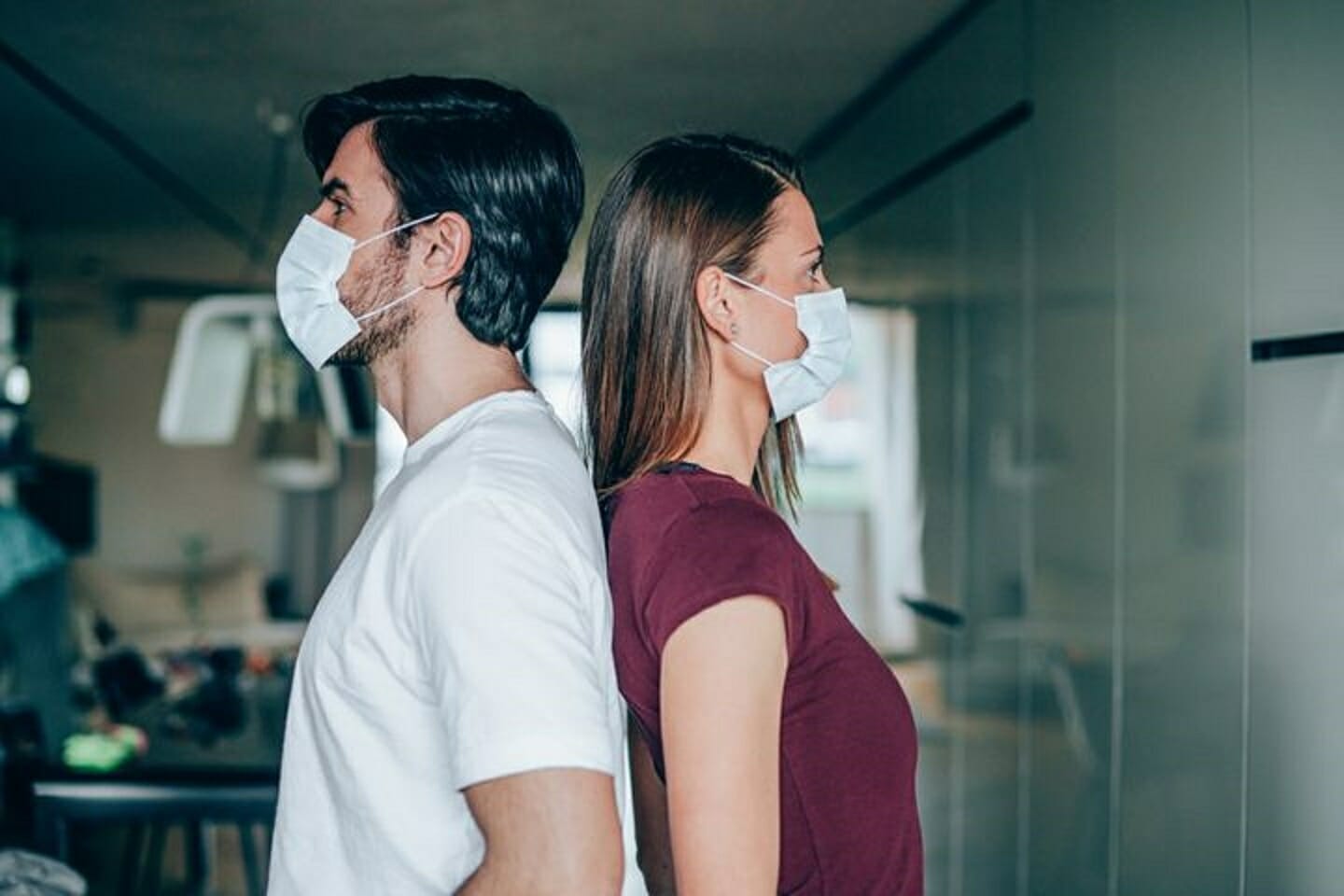COVID-19 Pandemic
John Macomber: Employees and buildings will be healthier
 COVID-19 (novel coronavirus) will change the nature of our offices, apartments, hospitals, schools, and government buildings. Concern about the spread of this and other communicable diseases might fade after this contagion, but there will probably be more outbreaks in the decades to come. This means that we can expect our physical structures to change, too.
COVID-19 (novel coronavirus) will change the nature of our offices, apartments, hospitals, schools, and government buildings. Concern about the spread of this and other communicable diseases might fade after this contagion, but there will probably be more outbreaks in the decades to come. This means that we can expect our physical structures to change, too.Think of the extension of today’s airport and courthouse security screening: not just what weapons you may be carrying, but also what infections you may be carrying. Many of us have experienced health screening in Asian airports for years as technicians viewed our facial temperatures, checked our passports and vaccination histories, and asked questions. This will become a more permanent component of entry to office buildings, schools, and transit hubs.
Physical components of buildings and public spaces will change, too—in subtle ways. We are the indoor generation; we spend 90 percent of our time inside. (This means that by the time you are 60 years old, you will have spent 54 years indoors). Organizations will realize that indoor air quality—notably involving fresh air and filtration—directly impacts productivity of healthy people and helps mitigate the onset of sick people.
As Dr. Joseph Allen of the Harvard T.H. Chan School of Public Health and I argue in our forthcoming book, Healthy Buildings: How Indoor Spaces Drive Performance and Productivity, more money will be spent and should be spent on fans, filters, ductwork, chillers, heat exchangers, and dehumidifiers—and on the energy to run them.
The next wave of intervention will be in the collection of population information regarding who enters the building and when. With facial recognition and infrared cameras, there can be time series data collected from your temperature and probably what was in the breaths you exhaled, captured over weeks and years, as you enter vestibules and ride elevators.Further, apartment dwellers, office workers, and hospital patients alike will be able to track and share air quality analytics in a very democratized way from their handheld sensors connected to their mobile phones and organized and served up by third-party rating databases like the future Morningstars, Yelps, Glassdoors, TripAdvisors, and others.
Building owners (and their investors and lenders) in all sectors will have to both outfit their buildings to measure components of public health and also respond to their occupants doing their own assessments. This might be disconcerting, and the rollout will be uneven, but we all will be collectively safer.
John Macomber (@cleantechcities) is a senior lecturer of business administration in the Finance Unit
Source: This article first published Working Knowledge by Harvard Business School
Watch Live Stream & Real Time Statistics of COVID-19
Other COVID-19 Updates
Tiger Tests Positive for Coronavirus at New York Zoo
Harvard Talks: Cut Salaries or Cut People?
Lamborghini Medical Shields & Surgical Masks for Health Workers
WHO COVID-19 Buildings & Tents Screening Layout Standards
UCLA Engineer Made a Ventilator from Hardware Items
Airbus Gives 3D-Printed Hospital Visors to Health Workers
Airlines COVID-19 Analysis: Aviation Collapsed
Forecast Deaths, Hospitals & Ventilators: COVID-19 Impact, USA Full Report
Ventilation Standards for Buildings Converted to COVID-19 Hospitals
Harvard Talks: The Supply Chain in Post COVID-19 Era
COVID-19 Deaths to Reach 81,000 in US By June – Forecasts by IHME & Univ. of Washington
Top 10 Largest Ventilator Manufacturers in the World
List of Government Officials Tested Positive in PH
Metronic Ventilator Ramping Up Production
Engineers, Can You Help Build a DIY Ventilator for Hospitals?
Water is Our First Line of Defense Against COVID-19
COVID-19 Economic Aftermath on the Construction Industry
Complete List of Companies Working on Coronavirus Vaccine
COVID-19 War: 70K Physicians vs 109M Filipinos
Famous People Who Have Tested Positive for COVID-19
These Politicians Tested Positive for Coronavirus (COVID-19)
Postponed Exhibitions in the Philippines due to COVID-19
Cancelled Major Events Around the World Due to COVID-19
World Bank Gives $12 Billion to COVID-19 Affected Countries
COVID-19 Philippines: DOH on Code Red Status
PPE Shortage Endangering Health Workers Worldwide
The List of COVID-19 Disinfectants Approved by EPA
World Bank Gives $12 Billion to COVID-19 Affected Countries
Air Cargo Demand Down 3.3% due to COVID-19 Disruption






























